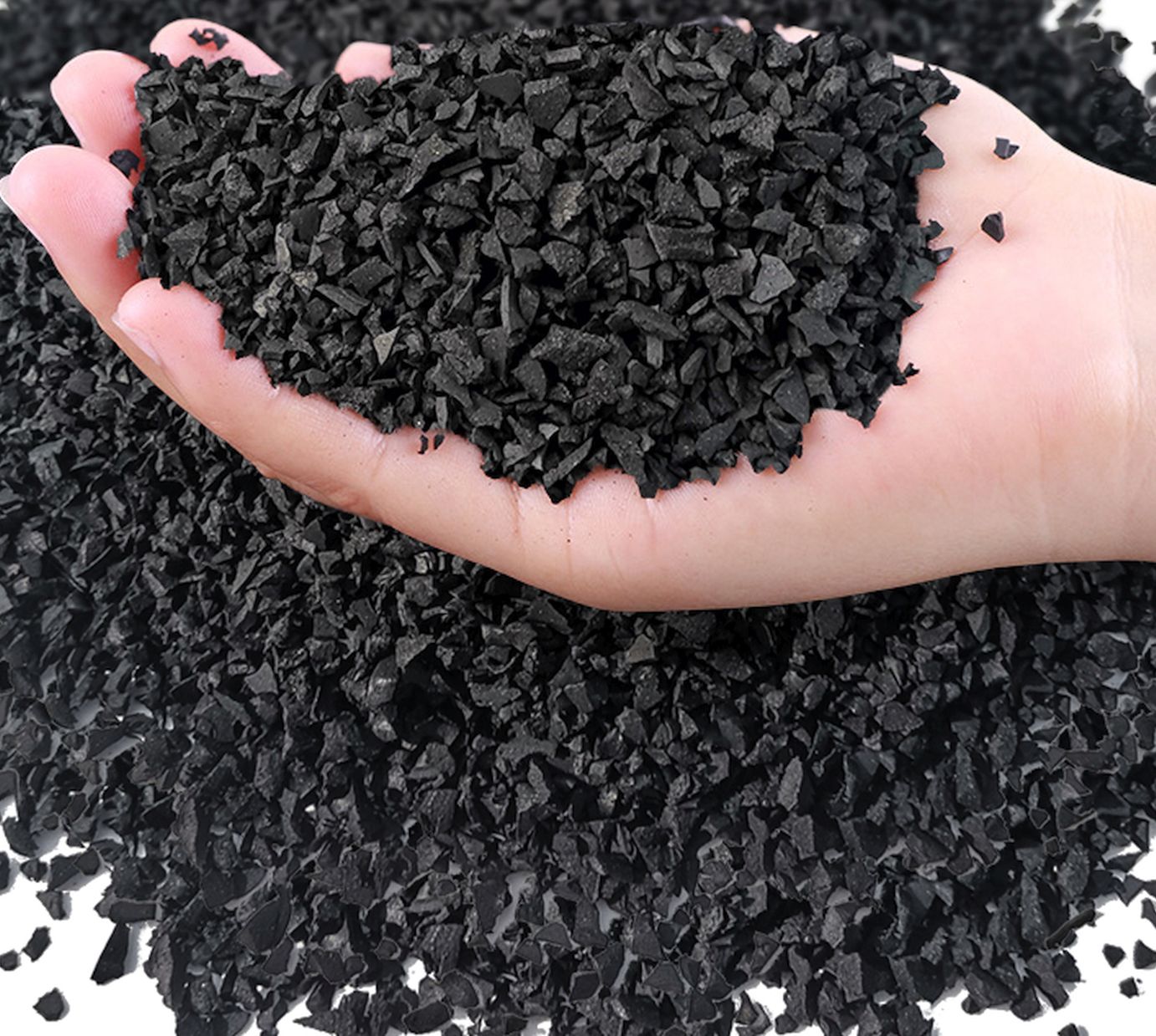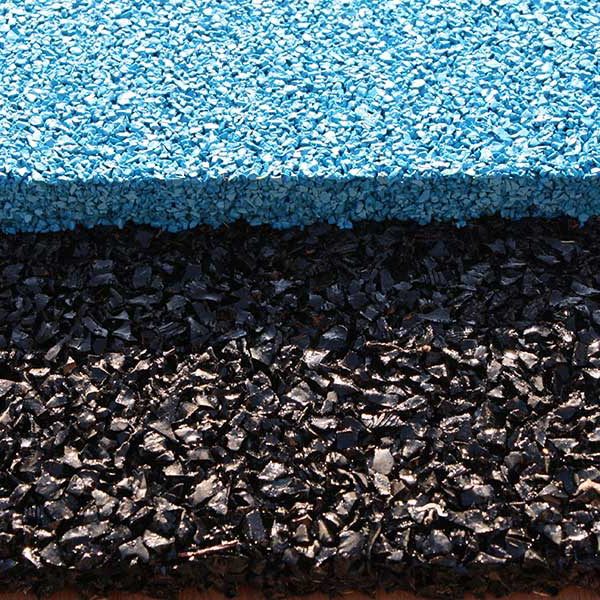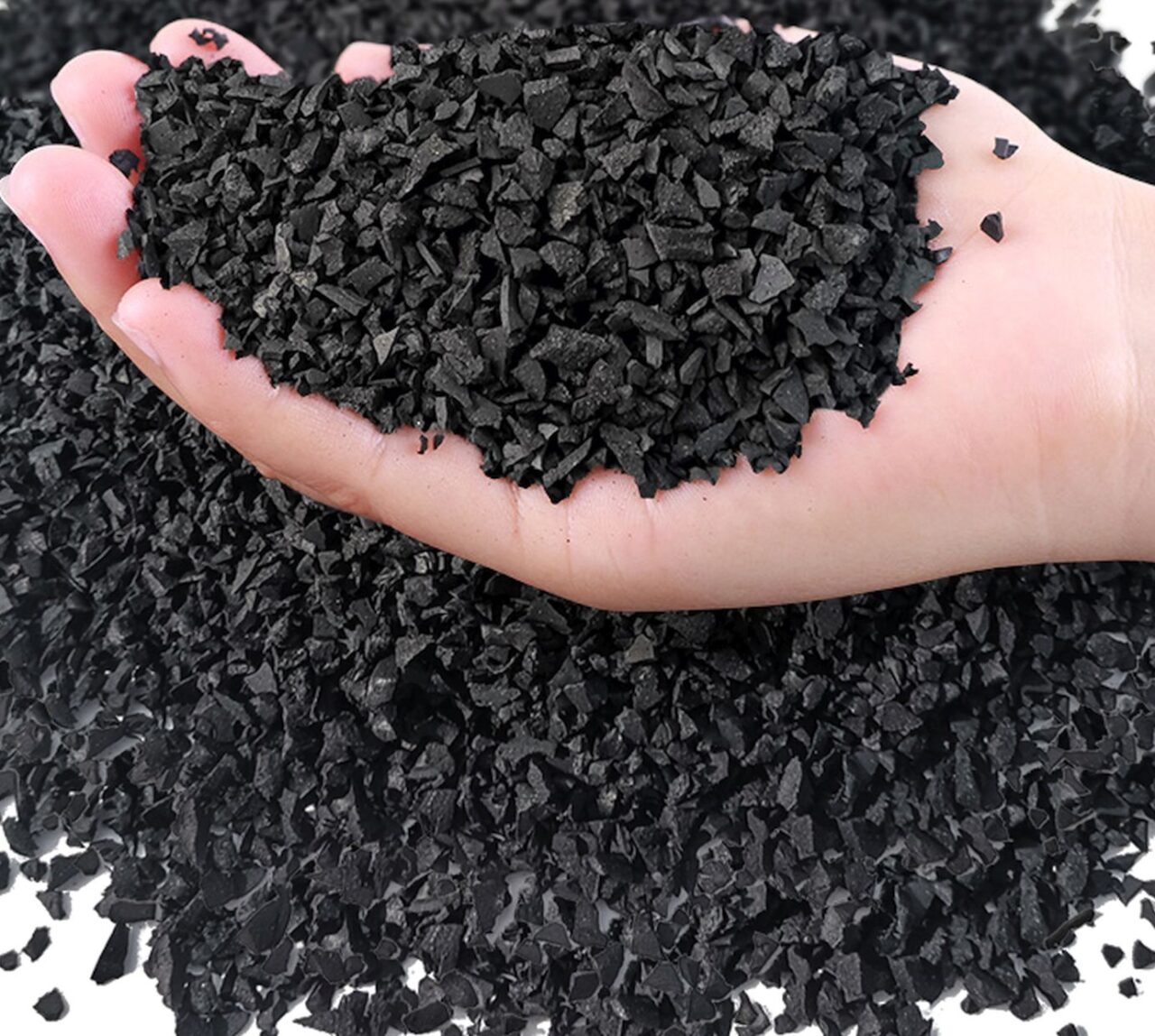What is SBR rubber?
SBR rubber is a rubber material obtained by polymerisation of styrene and butadiene. SBR is abbreviated from the polymer name ‘styrene-butadiene rubber’.
SBR rubber is one of the most widely used rubber materials in the world. It is used in the production of car tyres, shoes, hoses, gaskets and other rubber products. It has many advantages, such as high abrasion, ageing and tensile resistance, as well as good elasticity and resistance to oils and organic solvents.
SBR rubber comes in a variety of forms, including powder, flakes, drops, as well as finished products in the form of tapes, sheets, tubes, etc. Its properties can be modified by adding various substances during production, such as fillers, cross-linkers, accelerators, adhesion enhancers and others.

How is SBR rubber currently obtained?
SBR rubber is produced by the polymerisation of styrene and butadiene, which takes place using catalysts and initiators. There are various methods of producing SBR rubber, but the most commonly used is the emulsion method.
Is sbr rubber granulate obtained from tyres?
Yes, SBR rubber granulate is often obtained from used car tyres. This process is called tyre recycling. Tyre recycling involves processing used tyres to produce various products, including SBR rubber granulate.
The tyre recycling process usually involves several steps, such as shredding the tyres, removing steel wires and other metal components, and then grinding the tyres into smaller pieces. The next stage is the removal of various impurities from the granulate, such as stones, sand, textile fibres and others. Ultimately, SBR rubber granules can be used in a variety of applications, such as the production of sports surfaces, insulation, asphalt concrete, paving pads and other rubber products.
What is produced from SBR rubber?
SBR rubber is used in many different applications and can be processed into many different rubber products. The following are some of the most common products that are made from SBR rubber:
Car and bicycle tyres – SBR rubber compound is used in the production of tyres as it provides high abrasion resistance and durability.
Rubber products – SBR rubber compound is used in the production of various rubber products such as hoses, cables, gaskets, conveyor belts, mats, gloves and others.
Paving pads – SBR rubber granulate is used as a material for paving pads. Thanks to its resilience and strength, it provides a stable and durable foundation for paving.
Sports surfaces – SBR rubber granulate is also used as a material for the production of sports surfaces such as football pitches, tennis courts, athletics tracks and others.
Insulation – SBR rubber compound is used in the production of insulation as it provides resistance to moisture and high temperatures.
Asphalt concrete – SBR rubber granules can be added to asphalt concrete to increase its resistance to wear and provide better adhesion to the road surface.
Building components – SBR rubber compound is also used in the manufacture of various building components, such as doormats, window and door seals, and to improve the sound-absorbing and insulating properties of building structures.

Is SBR granules used in the playground and for what purpose?
Yes, SBR rubber granules are used as a finishing material under playground surfaces to improve the safety of children during play. SBR granules are one of the most commonly used finishing materials because they are soft, resilient and provide excellent cushioning for falls.
The use of SBR granules in playgrounds aims to reduce the risk of serious injuries that can be caused by falls. SBR granules create a soft cushion that reduces the force of impact when a child falls from a height, thus preventing serious injury.
SBR rubber granules in the playground are also easy to maintain as they are weatherproof and do not degrade. It is also easy to clean and disinfect.
SBR granulate is available in a variety of colours so that interesting patterns and designs can be created on the playground. In addition, SBR granulate is environmentally friendly as it is made from recycled used tyres, helping to reduce waste and recycling.
Is the use of SBR granulate safe for health?
SBR rubber granulate is considered safe for health in most applications. However, there are some concerns about the potential for health hazards in some situations.
The biggest concern about SBR granulate is its content of chemicals such as benzene, benzo(a)pyrene and styrene, which are potentially harmful to human health. However, according to a number of studies carried out on SBR granules, these compounds are present in the granules at very low concentrations, which are below the acceptable safety standards set by public health organisations.
Although these compounds are present in SBR granulate in low concentrations, there is some risk that they could be released into the air or water as a result of granulate degradation or exposure to high temperatures. It is therefore important to use SBR granules in accordance with the manufacturer’s recommendations and not to overexpose them to the weather or high temperatures.
It is also important that children do not put SBR granules in their mouths or inhale them, as this can lead to respiratory irritation or other health problems.
In summary, SBR rubber granules are considered safe for health in most applications as long as they are used according to the manufacturer’s recommendations and are not exposed to weather or heat. However, if you have any concerns about exposure to SBR granules, it is recommended that you contact the manufacturer or an occupational health and safety specialist.

